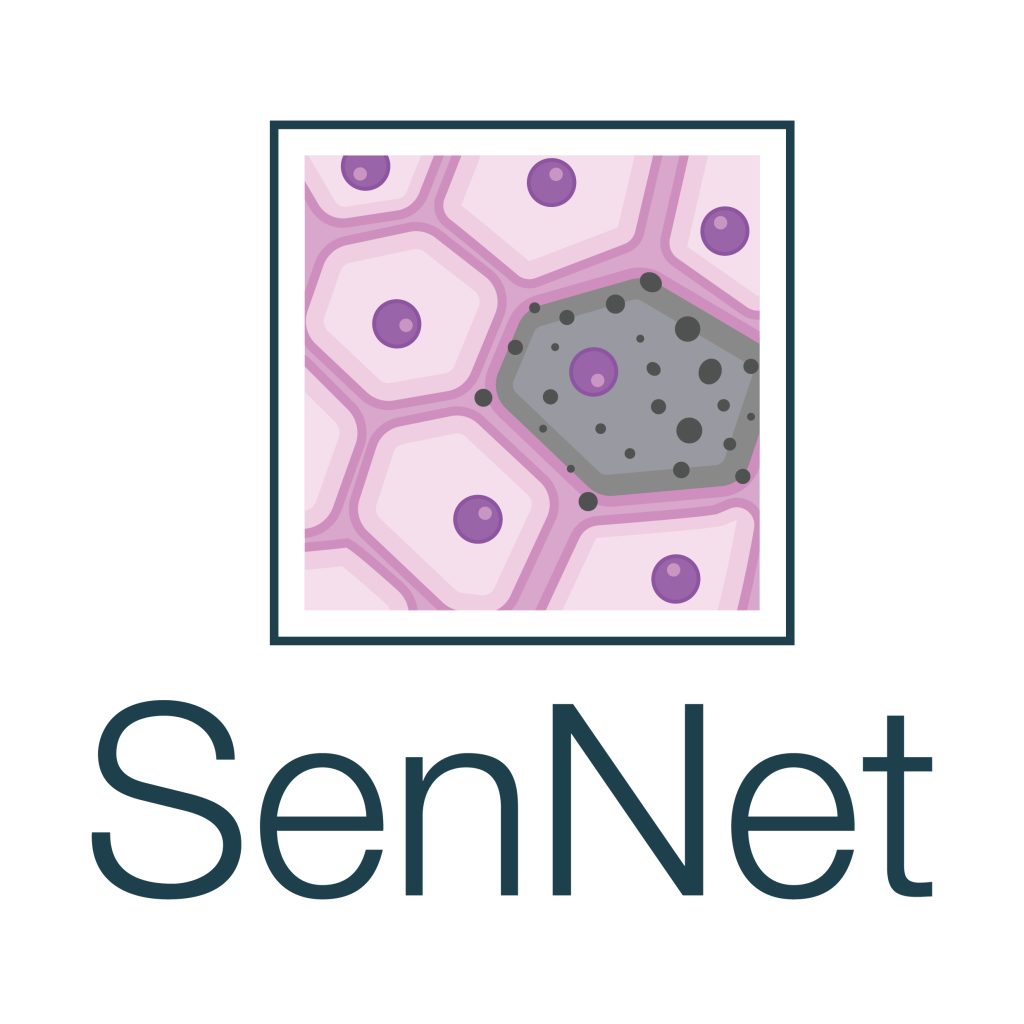
NIH-funded SenNet to Create 3D Atlas of Aging Tissues, Shedding Light on Nerve Degeneration, Diabetes, Cancer and Normal Tissue Functions
Grants totaling as much as $125 million over five years to 16 institutions across the U.S. will enable scientists to explore the human body at the molecular level, studying how its cells and tissues age and the role cellular aging plays in health and disease. Funded by the National Institutes of Health (NIH) and coordinated by scientists in Pittsburgh, the Cellular Senescence Network (SenNet) will create a navigable, 3D map of the body that offers data and analysis on cellular aging. A team to coordinate and provide the computational infrastructure necessary for the effort, led from Pittsburgh, will be funded at a level of $3.5 million in the first year, with a total of $17.5 million over five years.
SenNet’s Consortium Organization and Data Coordinating Center (CODCC) will be led by Principal Investigators (PIs) Jonathan Silverstein of the University of Pittsburgh, Ziv Bar-Joseph of the Carnegie Mellon University School of Computer Science and Phil Blood of the Pittsburgh Supercomputing Center (PSC), a joint research center of CMU and Pitt.
“I think that the science of senescent cells is tremendously exciting because of their potential impact on a whole variety of diseases,” said Silverstein, Chief Research Informatics Officer, Health Sciences and Institute for Precision Medicine and Professor, Department of Biomedical Informatics, at the Pitt School of Medicine. “By doing the basic science of collecting all of this information and presenting it through SenNet, there is incredible potential to learn more about the role these cells play in disease and develop pharmaceuticals that target them.”
“This opportunity to grow our multi-institutional collaboration we established in HuBMAP is as exciting as the science of the SenNet Consortium itself,” he added. The Human BioMolecular Atlas Program (HuBMAP) is an NIH-funded, multi-institution project currently mapping the human body’s normal healthy tissues in a similar way to SenNet to form the basis of comparisons. Bar-Joseph, Blood, and Silverstein collaborate closely as PIs in HuBMAP.
As cells and tissues in human bodies age, they lose their ability to grow and repair themselves. This process, called cellular senescence, is central to aging and a number of human diseases, among them Alzheimer’s disease, amyotrophic lateral sclerosis, type 2 diabetes and some cancers. It’s also front and center in a number of healthy life processes at all ages. But scientists don’t know nearly as much as they’d like about how cells age, the effects of senescence on neighboring tissues and above all how the process leads to disease.
SenNet’s core mission will be to dive deep into the process of cellular senescence, decoding how it happens both biochemically and at the level of microscopic anatomy. The goal will be to create a kind of “Google Maps” of the aging tissues of the body, which can be navigated by scientists studying any number of processes in health and disease. Just as Google Maps provides detailed information about every locale it stores, SenNet will provide data and analysis about the process of senescence for cells, tissues and organs, down to the molecular scale. This “metadata” will include information on the provenance of each bit of data, establishing a rigorous chain of evidence that validates the accuracy of the information.
SenNet aims to unite cellular senescence researchers by developing common terms and classifications for senescent cells. SenNet will provide data and resources to the public that would otherwise be difficult to achieve through individual efforts, accelerating the ability of biomedical researchers to develop therapeutics that target cellular senescence and improve human health.
The initial SenNet awards amount to $125 million over five years, pending available funding. Under the guidance of a working group led by the Office of the Director, the National Institute on Aging, and the National Cancer Institute, the SenNet program plans to expand to include mouse models and additional technology development through future awards. The estimated overall budget is $191 million, again pending available funds.
The CODCC, in addition to managing the SenNet Consortium, will serve the crucial role of providing computing software and hardware that will knit together SenNet’s eight Tissue Mapping Centers and seven Technology Development and Application Projects. Focusing on data analysis and integration, the Pittsburgh-led center will set standards for data accuracy and provenance, provide reliable and expansive data storage, and disseminate data and analytical tools to help scientists make sense of what is expected to be a tsunami of information. Together, the SenNet projects will create and provide a publicly accessible and searchable 3D Atlas of Cellular Senescence.
“Analyzing and integrating the vast amounts of data collected by all the teams participating in this project would be a major challenge that the CODCC will address,” said Bar-Joseph, FORE Systems Professor of Computer Science at the CMU School of Computer Science’s Machine Learning Department and the Computational Biology Department.
“We’re excited to extend our flexible hybrid cloud data infrastructure to enable the large-scale machine learning, data analysis, and integration that will be required to achieve the goals of SenNet,” said Blood, Scientific Director at PSC.
SenNet is a trans-NIH program funded by the NIH Common Fund and overseen in collaboration with the National Institute on Aging and National Cancer Institute. The Pittsburgh group’s NIH award number is U24CA268108.
You can find more information on SenNet and the NIH grant here.
